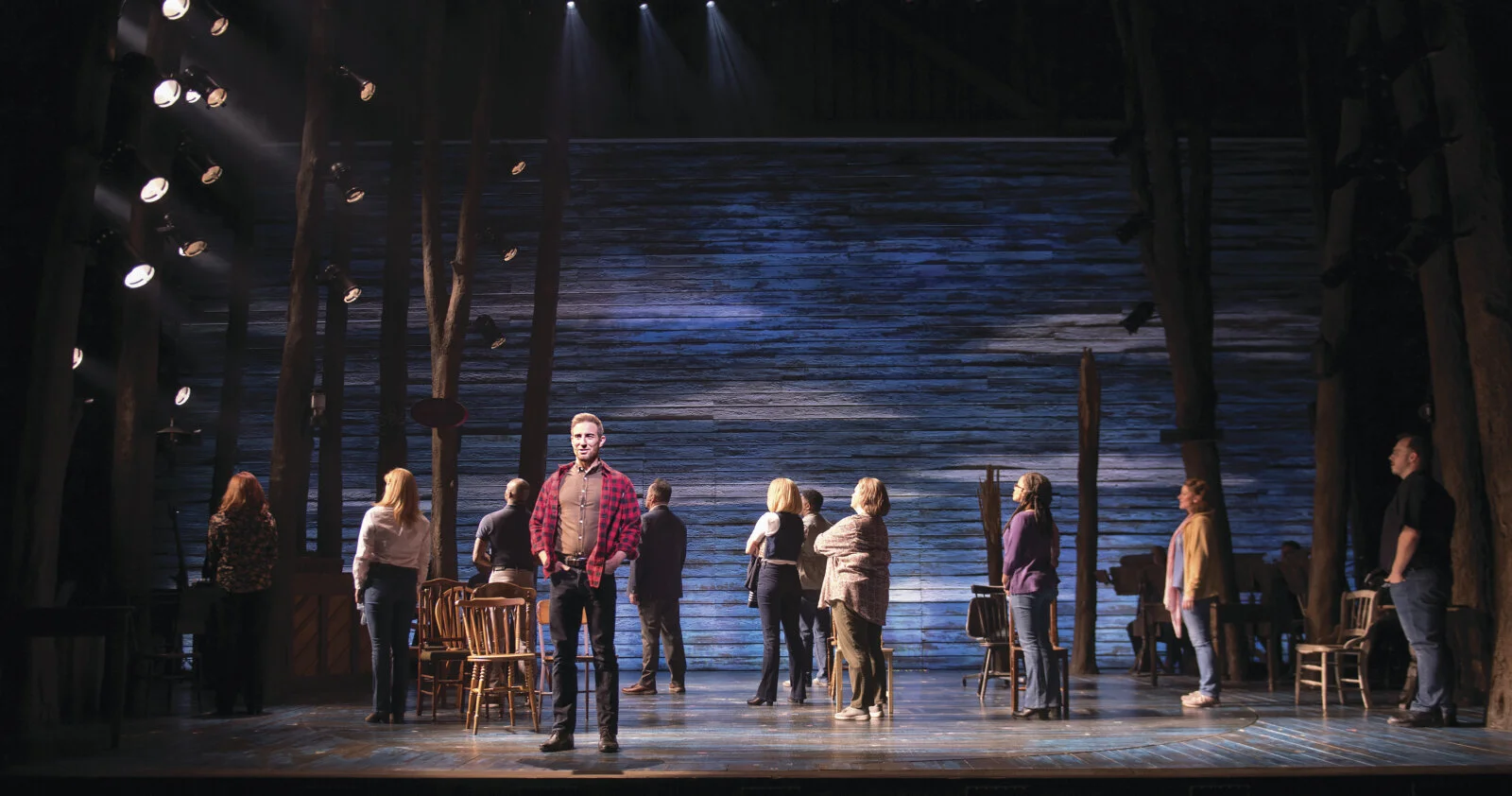How Matt Bliss turned a family tradition into Modern Christmas Trees
As a child, Matt Bliss ’98 relished celebrating the holidays at his grandparents’ Broomfield, Colorado, home where the Christmas tree was anything but ordinary. Bliss’s grandfather, Lawrence Stoecker, designed his own tree, an artful cascade of concentric rings that hung from the ceiling.
He crafted the first model from cardboard in 1966 before experimenting with a second version made from Masonite and eventually settling on Plexiglas as the favored material. For five-year-old Bliss, his grandfather’s acrylic tree was a thing of wonder and a hallmark of the Mid-century Modern design aesthetic Bliss would grow to love.












